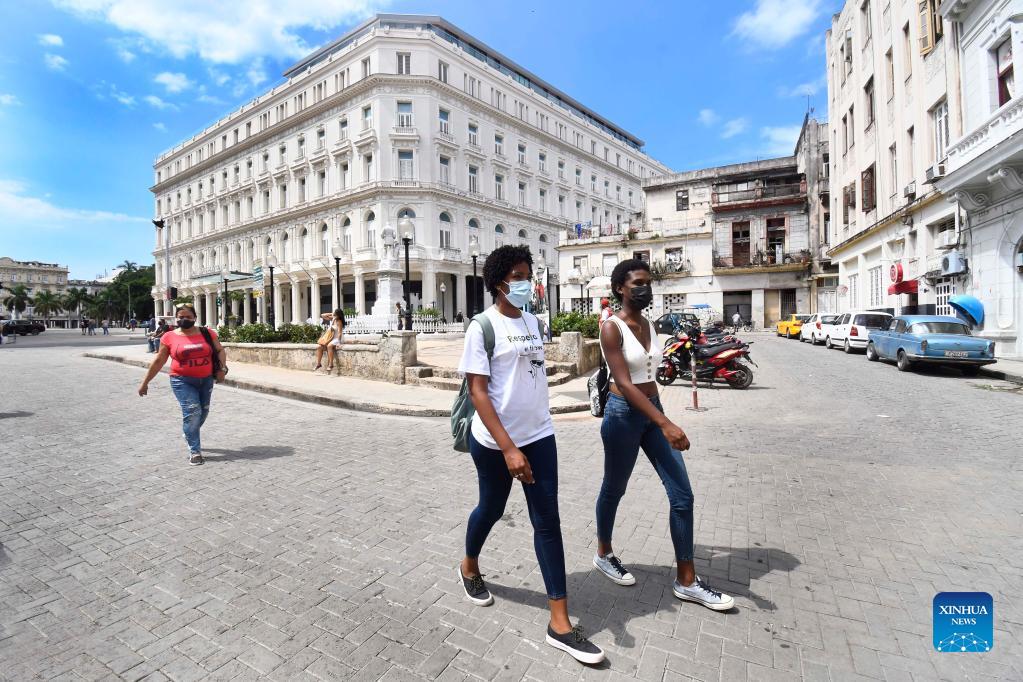OTTAWA — Canada's procurement minister is defending the federal government's nearly $100-billion plan to build new coast guard and naval ships as delays, cost overruns and other emerging difficulties raise fresh questions about its long-term viability and worth.

Procurement Minister Filomena Tassi voiced support for the shipbuilding plan at a major arms industry conference on Thursday, one day after a Halifax shipyard publicly warned Canada’s new warship fleet could be delayed without additional federal funding.
In a breakfast address to hundreds of industry representatives, military officers and government officials, Tassi said the strategy is starting to deliver much-needed ships to the Royal Canadian Navy and Canadian Coast Guard while creating thousands of jobs.
“This past year, we have had setbacks as all industries have with the fallout from the pandemic,” Tassi added. “Despite this, we continue to make progress.”
Among the ships so far delivered are the first two Arctic patrol vessels for the navy and three fishery science vessels for the coast guard.
The plan is also supporting about 17,000 jobs across Canada's marine industry, according to the government, and resulted in about $1.8 billion per year in economic activity since 2012.
Yet virtually every remaining vessel is currently behind schedule while the overall cost of the program has skyrocketed since it was launched in earnest more than a decade ago — with even more delays and cost overruns looming.
The minister did not mention Irving Shipbuilding’s request for additional federal funds in her speech, but instead praised the Halifax shipyard and Vancouver-based Seaspan Shipyards for pressing ahead despite the pandemic and other challenges.
She also surprised many by expressing confidence in the government’s talks with Chantier Davie, which have dragged on for more than two years after the Quebec-based shipyard was shortlisted in late 2019 to become the shipbuilding program’s third yard.
“We are making progress on this complex, multi-step process,” she said. “Chantier Davie has proven a valuable partner in the past, and we know they will continue to be an important part of the shipbuilding and ship repair landscape in this country.”
In an interview after her speech, Tassi said the government is doing its due diligence to ensure that Davie can meet its requirements and deliver the seven new coast guard icebreakers that it will be tasked with building.
“We don't want to have a situation where we rush through something, we don't get it right, we expedite for the purpose of expediting, but not being accountable to what is actually required,” she said.
“At the end of the day, success means that we do take the time to ensure that all the qualifications are met. Chantier Davie has been fantastic in that dialogue back and forth. We are making significant headway. We have worked very closely together.”
Officials previously said they expected a final deal with Davie by the end of 2020, but that didn’t happen. The last official update last summer said the government had revised that schedule to the end of 2021, a deadline it also missed.
The delay is fuelling fears about the Canadian Coast Guard's aging fleet, which has lost several ships in recent years and whose icebreaker fleet is on its last legs.
Tassi also confirmed the government is in talks with Irving Shipbuilding about its request for federal funds to upgrade its shipyard, but would not provide further details.
Irving Shipbuilding president Kevin Mooney on Wednesday warned the current plan to start cutting steel on the navy’s new warship fleet in mid-2024 is contingent on the company getting additional funding by early next year.
“I can't get into details in terms of the discussions that are taking place,” Tassi said. “But the discussions have been ongoing. We are monitoring the situation very closely.”
Irving Shipbuilding’s warning is only the latest in a series of challenges to the shipbuilding plan, which was already facing challenges even before the COVID-19 pandemic and skyrocketing inflation threatened additional costs and delays.
Federal bureaucrats in April told a parliamentary committee that more cost overruns and delays were on the horizon for the delivery as "significant challenges" battered the shipbuilding program.
Tassi acknowledged those challenges in the interview, but insisted the plan is nonetheless delivering on its promise with new Canadian-built ships already in the water and more on the way, all while creating jobs and economic spinoffs.
“Being able to walk on the floor of these shipyards and talk to the workers, see the innovation, see the pride and see what's produced at the end of the day, is something I want Canadians to be able to feel,” she said.
“It's just something that we can take pride in.”
This report by The Canadian Press was first published June 2, 2022.
Lee Berthiaume, The Canadian Press







